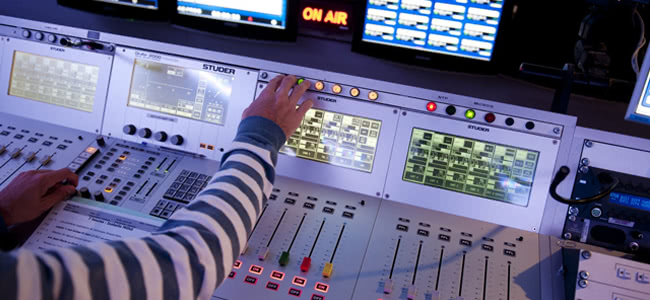Editor’s Note: This story originally questioned why Double J is not included in GfK’s DAB+ Digital Radio reports. It has since been clarified that as Double J is taxpayer-funded and not a commercial station, its numbers are not included.
The latest ratings for Australia’s digital radio space are in and you may not quite believe who the reigning monarch of Australian DAB+ is. As B&T reports, Coles Radio, as in the radio station Coles supermarkets play in-store to avoid paying royalties, is the number one digital radio station in the country.
You can check out the numbers in GfK’s DAB+ Digital Radio Report 4. According to B&T, the report is based on an average of the results of the three most recent digital radio surveys. Coles Radio came out on top with some 153,000 listeners, up from 151,000 listeners in the previous report.
Of course, it’s not made clear in the report, which you can read in full here, whether this is including the shoppers inside each Coles supermarket, who don’t really count as active listeners, if you ask us. Coming in with the silver is ’80s iHeartRadio with 128,000 listeners and Buddha Radio with 126,00 listeners.
The results were different once you get all granular and look at individual regions. For example, Triple M’s now defunct Classic Rock Digital station was the third most popular digital radio station in Perth, with 19,000 listeners. Of course, these figures all pale in comparison to terrestrial radio.
Still, B&T note the audience reach each week for digital radio remains at 27 percent of Australians. That’s some 3.6 million listeners, which is nothing to sneeze at, and it would be more if regional areas had better access to digital radio platforms. Still, one question remains unanswered: where is Double J?
No, Double J is not a commercial DAB+ station. But it’s interesting to note that ratings for triple j, also a taxpayer-funded, non-commercial radio station (on the terrestrial band), are tallied and included in the regular radio ratings survey compiled by GfK along with the likes of KIIS and NOVA.

Image via GfK

































